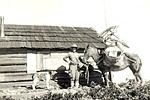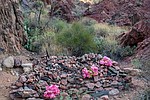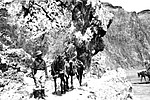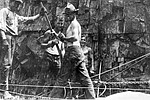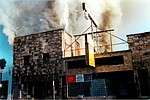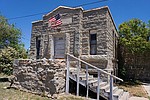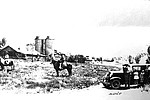
There is no easy hike into Grand Canyon
Rangers respond to 216 hiker assists, 37 helicopter medical evacuations in inner canyon trails in last month
Trails leading into the canyon have a way of giving folks a false sense of security.
October 13, 2020

One-hundred years ago, Williams was a bustling community whose economic vitality was based on agriculture, logging and the railroad.
By Williams-Grand Canyon News
July 14, 2020
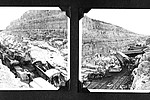
Upon impact all the locomotives derailed in addition to a passenger car and ten baggage cars.
By Wendy Howell
May 12, 2020
Most Read
- Driver identified in fatal accident on Perkinsville Road Sept. 19
- Latest Tik Tok challenges causing problems for Williams Unified School District
- Search at Grand Canyon turns up remains of person missing since 2015
- Plane wreckage and human remains found in Grand Canyon National Park
- Pumpkin Patch Train departs Williams starting Oct. 5
- Update: Man missing in Grand Canyon National Park hike found alive
- Receding water levels at Lake Powell reveal missing car and driver
- Man sentenced for attack on camper at Perkinsville
- Column: Lumber prices expected to stay high through 2022
- Elk rut season in Grand Canyon: What you need to know





